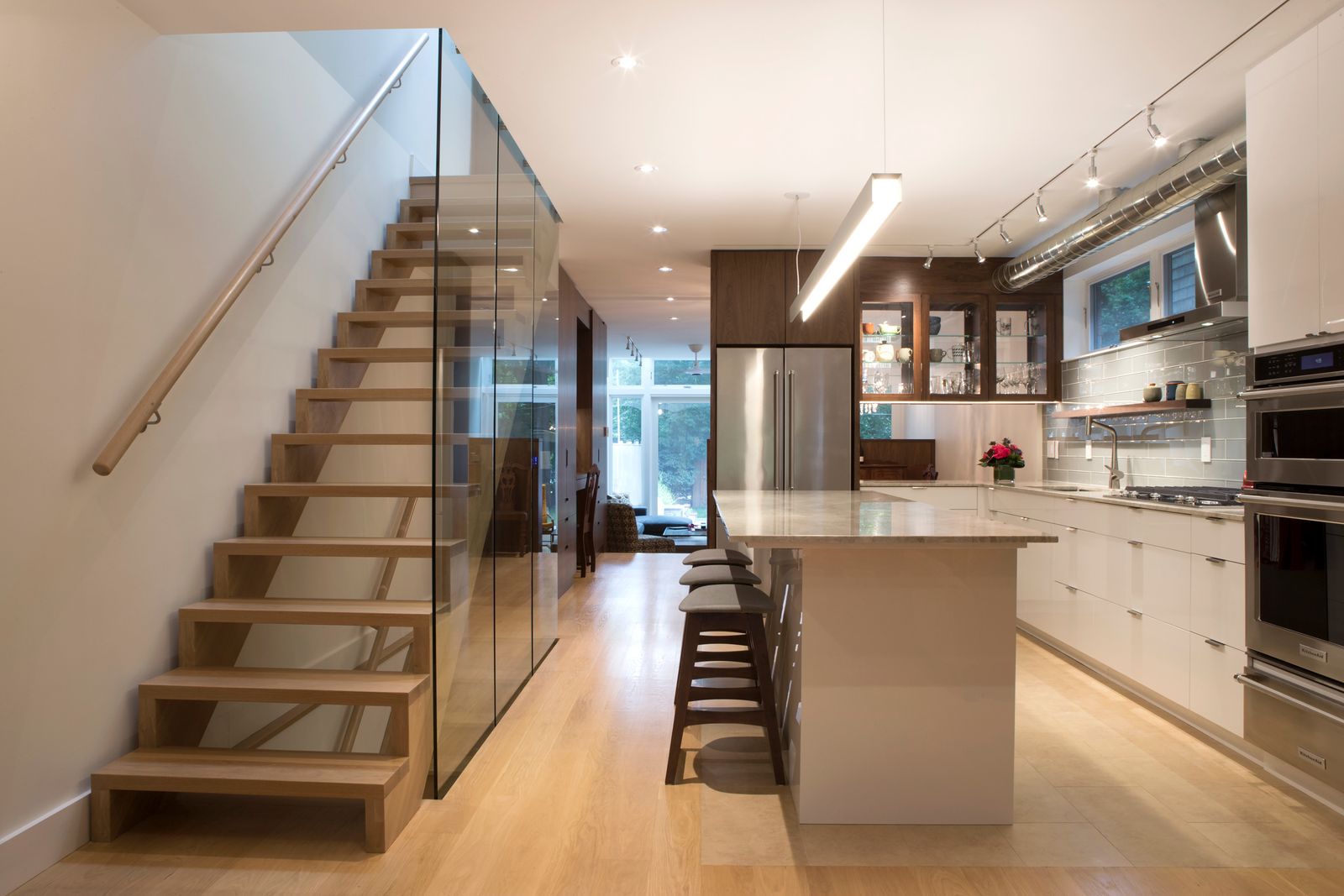
Cost Factors for Cost/Square Ft on Toronto Whole Home Renovations
Cost per square foot is one of the hardest numbers to give us an estimate due to the number of factors involved. From the skill level and construction practices of your renovator to the quality of material you select, and the complexity of the architecture involved, there is a myriad of particularities that influence your bottom line.
Toronto Renovation Cost Factors
That said, we at SevernWoods believe in communicating with transparency and demystifying the factors involved in renovation costs so that our clients can make educated decisions they’re confident in for years to come. So today we’ll talk about the primary factors that boost or reduce your cost per square foot for your Toronto home renovation.
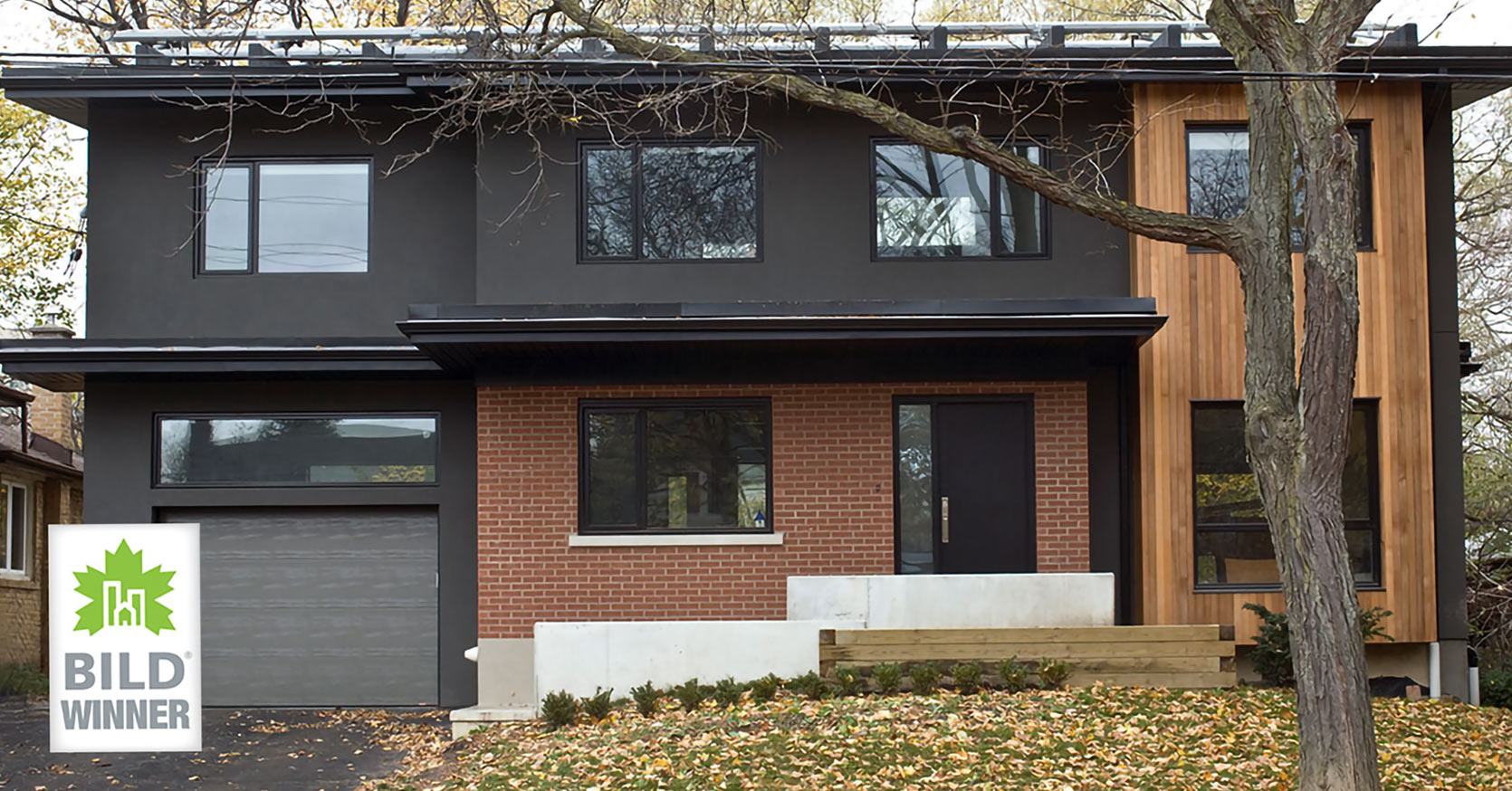
1. Architectural Complexity
If your renovation is extensive and requires the assistance of an architect, the first cost variable you’ll need to account for is design fees. These can vary widely depending on the quality of the architect you hire. On the cost savings side, you can hire an architect who will provide a 5 or 6-page drawing package with very superficial information to satisfy permit requirements from the local building department. In this instance, you’re saving money on the front end, but be aware that you and your builder will need to work out all construction methods, products, finishes, and details on your own. Alternatively, you can hire an architect who will provide 50 to 100 drawings detailing everything. In this instance, both costs and quality are proportionally higher.
2. Scope of Home Renovation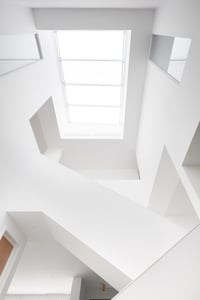
Another element that needs to be accounted for when calculating cost per square foot is volume. Not only will a home with high ceilings increase the number of materials needed, but it can also influence the complexity and type of structural engineering required. In these instances, a steel structure may be required to lend appropriate support, which can increase the cost per square foot by as much as $30 to $40.
3. Framing Cost Per Square Foot
If your renovation requires an addition or expansion, you’ll need to calculate framing costs. Dimensional softwood lumber is typically used for this, but if you opt for higher-end manufactured lumber, your framing costs can increase by $10 to $20 per square foot.
.jpg?width=1600&name=living%20room%20and%20kitchen%20in%20custom%20home%20with%20marble%20backsplash%20in%20toronto%20(1).jpg)
4. Windows and Doors Affect on Cost
If your renovation requires window and door replacements, you can save money with standard double-glazed vinyl windows at approximately $7.50 per square foot. Upping the quality with aluminum-clad wood windows doubles the cost. High-end glass windows and doors can increase costs by $20 per square foot, plus hefty installation costs.
5. Painting Costs For A Renovation
The quality of paint jobs can also vary widely. For a 4,000 square foot home, a basic interior paint job might cost $20,000 to $25,000, but a higher quality paint job where all surfaces are prepared and paint is applied with care and precision is closer to $50,000 to $60,000.
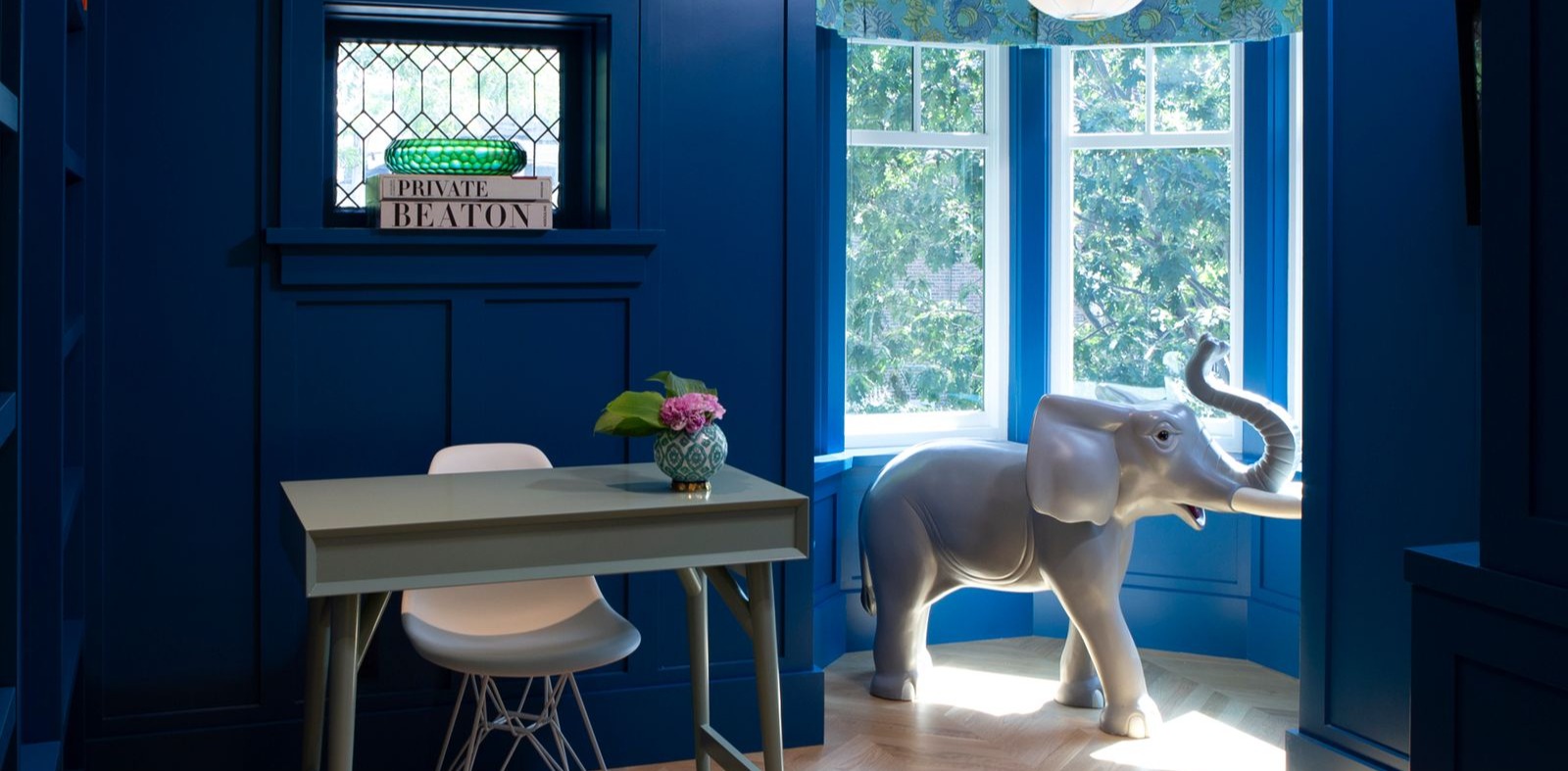
6. Flooring Materials Cost
Where flooring is concerned, the quality of the materials you select can drastically influence your home’s cost per square foot. Less expensive flooring options like carpet, composite flooring, and vinyl may be found and installed for as little as $5 per square foot. On the higher end, luxury homeowners tend to prefer beautiful hardwoods, engineered products, large tiles, or slab installations. These materials can increase costs to as much as $25 or $30 per square foot.
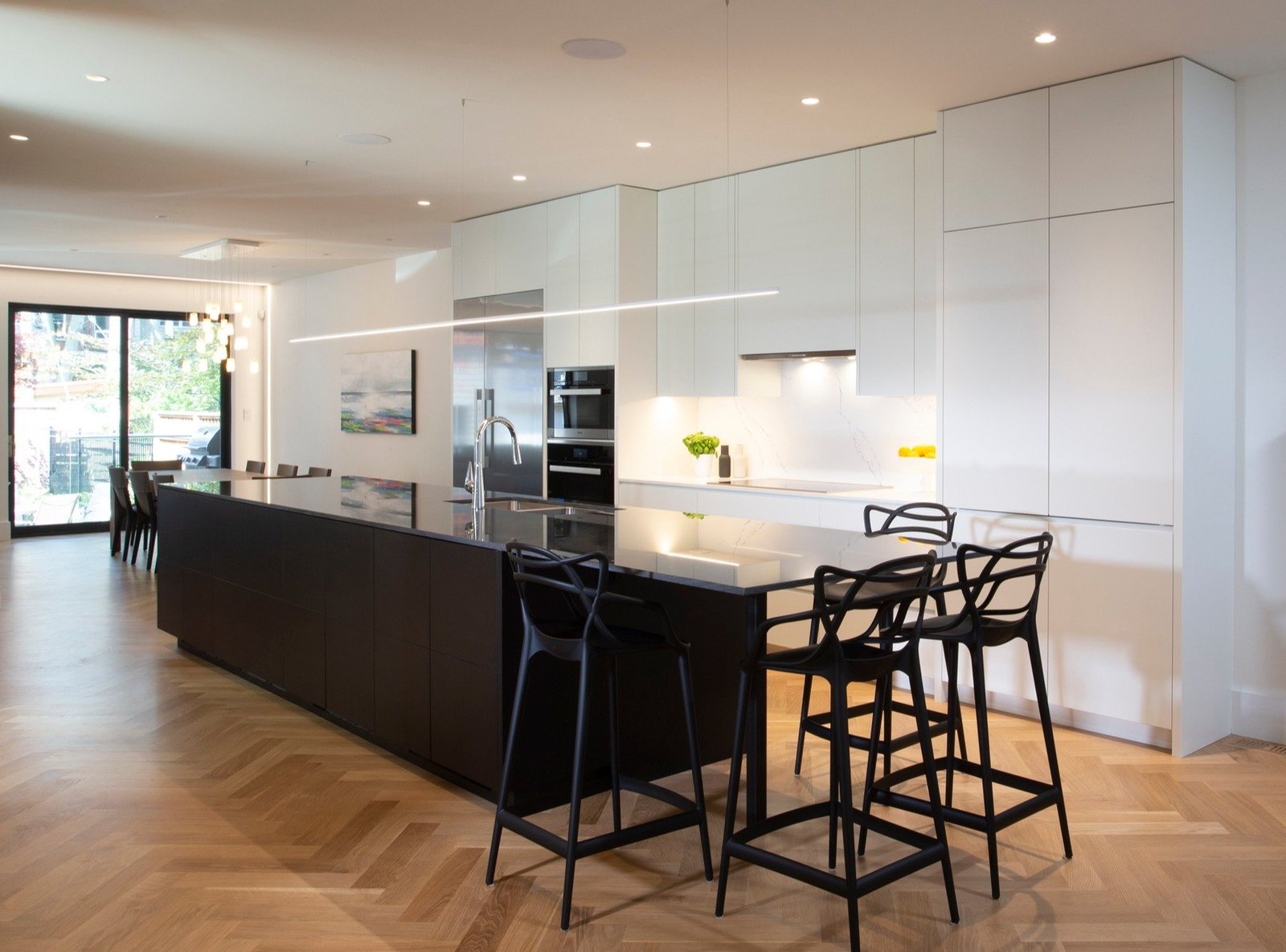
7. Millwork and Cabinetry Cost Per Square Foot in Toronto
Modest millwork packages including kitchen cabinetry and bathroom vanities, along with stone or quartz countertops, can cost about $12.50 per square foot. Luxury homes, on the other hand, often include custom millwork like built-ins with exotic finishes and surfaces, as well as high-quality hardware. This quality of materials and the level of craftsmanship required can increase costs to about $37.50 to $75 per square foot, so a typical 4,000 square foot luxury home might range from about $150,000 to $300,000 for millwork packages.
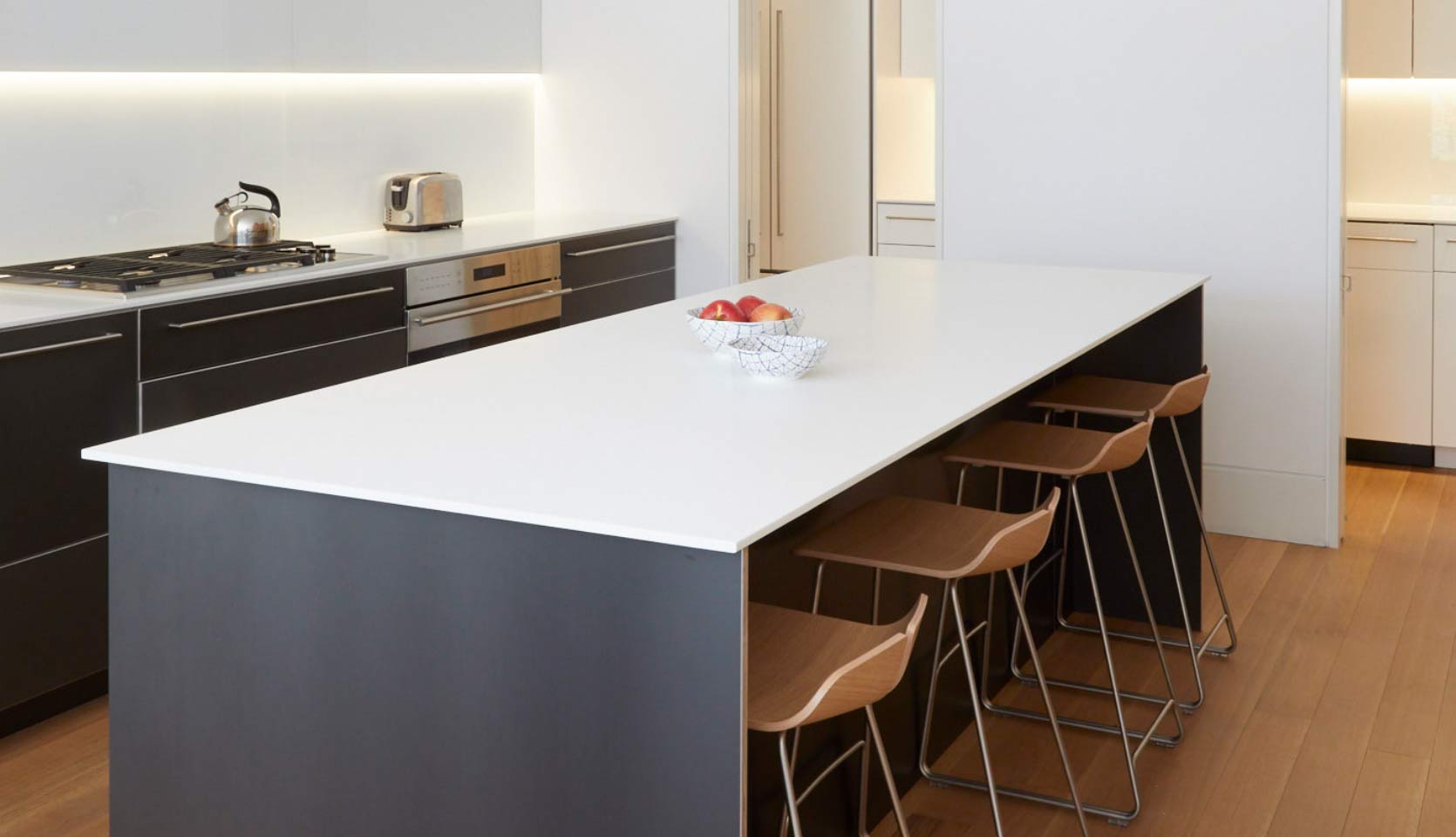
8. Tile and Stone Work Cost
Tile is common in mid-range homes in areas like the bathroom and laundry room floors, kitchen backsplashes, and walls in a shower or surrounding a bathtub. Standard material and installation costs for this tile are approximately $5 per square foot, but in luxury homes with additional tile and stone or porcelain slabs included, the cost per square foot can be $20 or more.
9. Electrical Systems and Lighting Price
If your renovation involves reworking lighting systems, be prepared to spend anywhere from $8-$10 per square foot for basic LED spotlights, ceiling lights, switches, plugs, etc. to $20-$30 per square foot for more expensive lighting fixtures and higher quality controls.
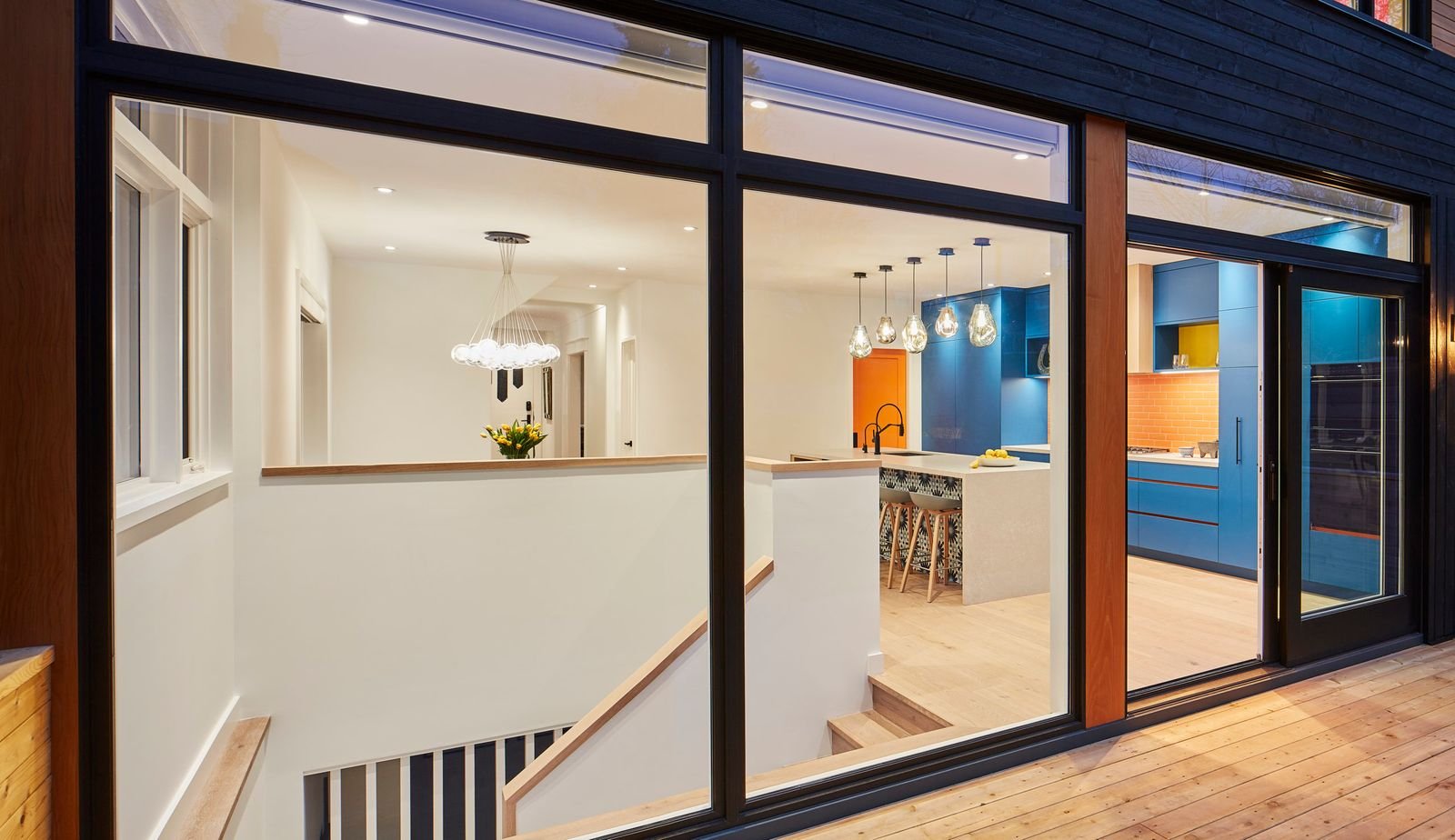
10. How Plumbing Affects Renovation Costs
If your home requires reworking plumbing systems or adding plumbing, a basic plumbing rough-in costs about $10 per square foot, and adding plumbing for fixtures, toilets, sinks, faucets, etc. adds about $3 to $4 per square foot. Luxury homes with higher-grade materials and systems might cost $15 to $20 per square foot for a plumbing rough-in and $15 per square foot for fixtures.
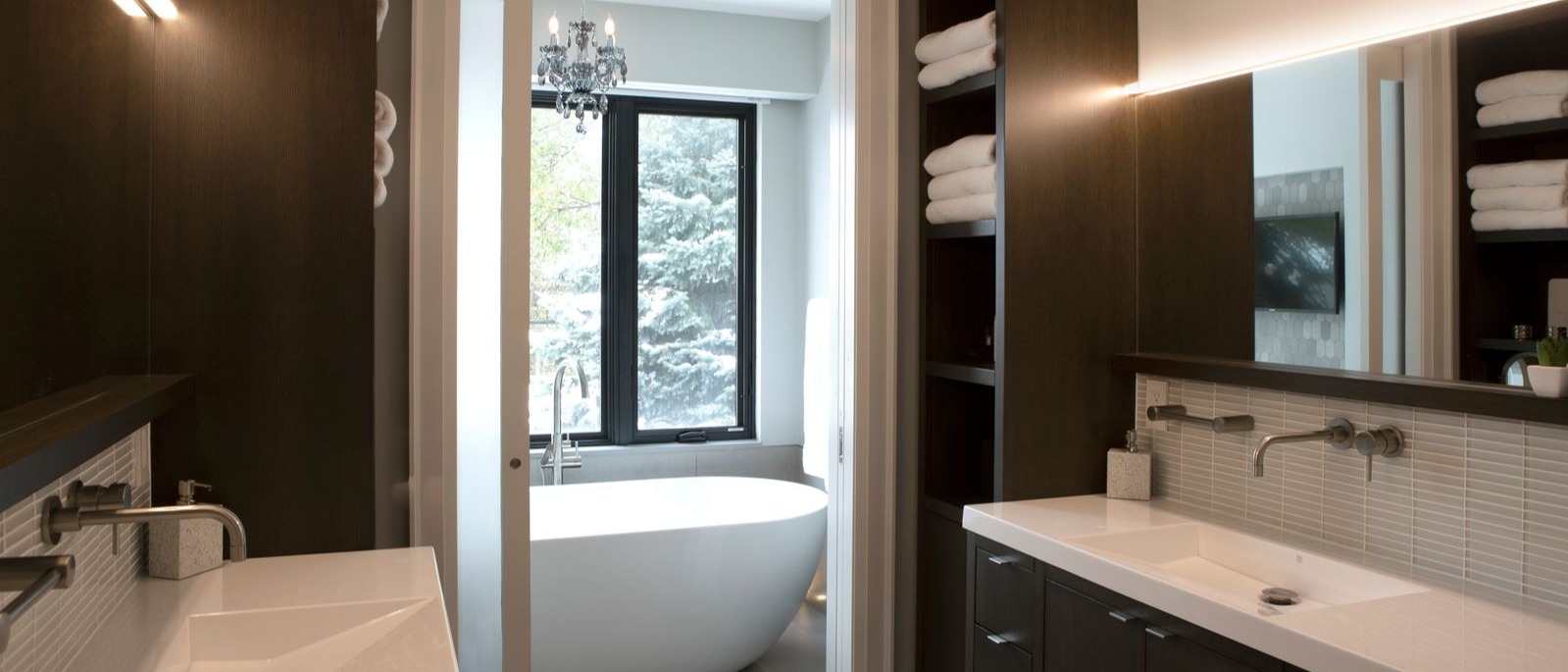
Closing Thoughts
There are several other cost factors for which we haven’t accounted today, such as changes to your home’s HVAC system, home automation, and control systems, re-roofing costs, etc., but the ten factors listed above are some of the most common points to consider for typical home renovations.
The takeaway is that every aspect of your renovation influences the overall cost of your home renovation, and within each area, there is a wide cost range depending on the quality of products and materials selected, as well as the quality of the specialists installing them. Understanding this will help you prioritize your goals and budget accordingly.
For a more detailed and personalized home renovation quote, don’t hesitate to contact us for a consultation!


![Toronto Luxury Renovation Cost Guide [2024]](https://no-cache.hubspot.com/cta/default/8488197/interactive-142373055251.png)